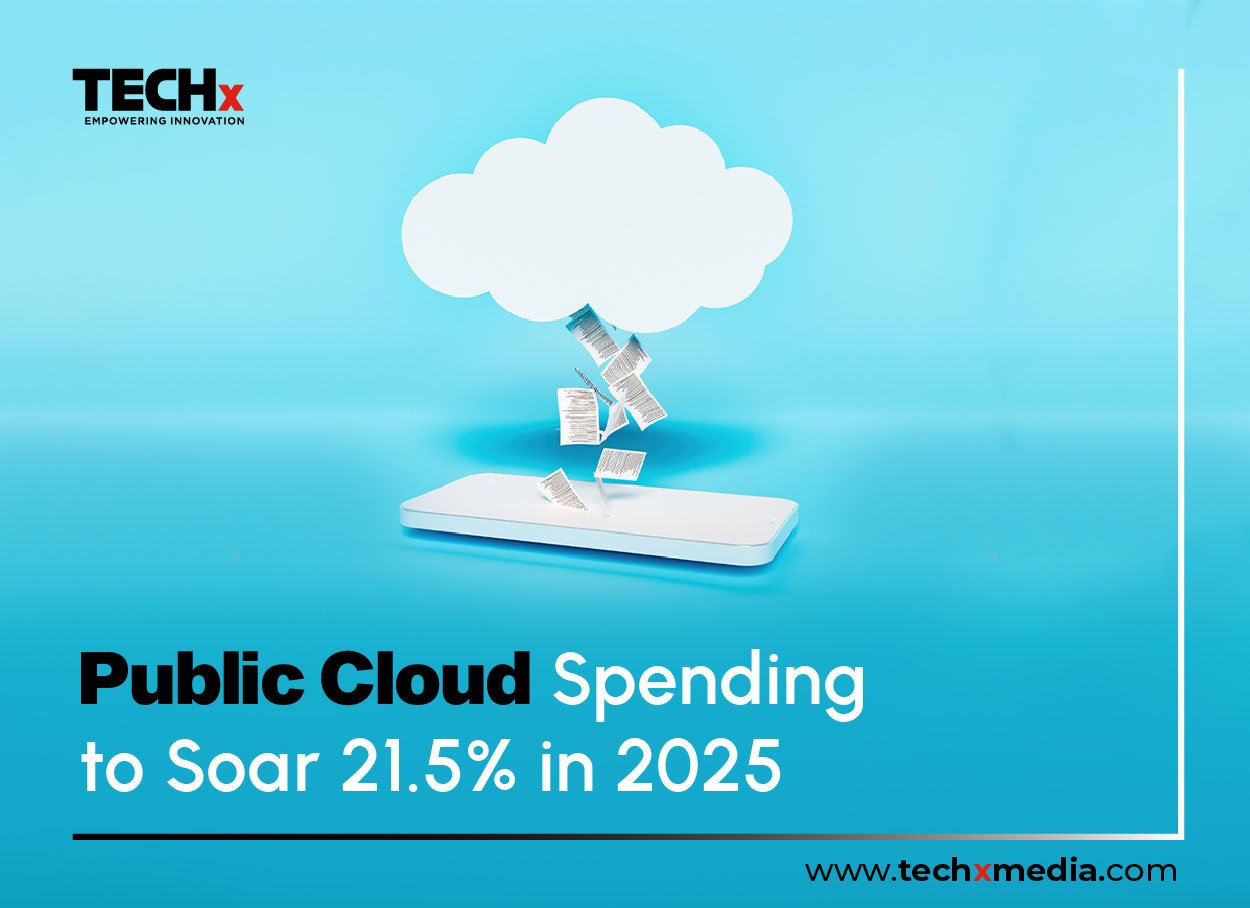19 December 2024, Thu |
7:58 AM

Global spending on public cloud services is forecast to reach $723.4 billion in 2025, marking a significant rise from $595.7 billion in 2024, according to Gartner, Inc. This growth, representing a 21.5% increase, underscores the expanding role of cloud computing in supporting modern business operations and outcomes.
Sid Nag, Vice President Analyst at Gartner, attributes this surge to the growing adoption of AI technologies. “The use of AI in IT and business operations is driving the rapid evolution of cloud computing. Businesses are increasingly leveraging distributed, hybrid, cloud-native, and multicloud environments, supported by cross-cloud frameworks,” said Nag.
Gartner also predicts that by 2027, 90% of organizations will adopt a hybrid cloud strategy. However, a critical challenge over the next year will be addressing data synchronization issues within hybrid cloud environments, especially as Generative AI (GenAI) becomes a core focus for businesses.
The demand for industry-specific AI models that prioritize privacy, security, and advanced training capabilities is expected to drive investment in Infrastructure as a Service (IaaS) and Platform as a Service (PaaS). Gartner defines these integrated services as part of the Cloud Infrastructure and Platform Services (CIPS) market, which is forecast to grow by 24.2% in 2025, reaching $301 billion.
Organizations are increasingly turning to CIPS for its ability to simplify the complexity of modern workloads. Multicloud adoption remains a significant trend, with businesses seeking cross-cloud integration frameworks to optimize advanced AI workloads. These frameworks, such as federated Generative AI capabilities, are expected to play a crucial role in supporting businesses’ AI strategies.
As businesses navigate the complexities of hybrid and multicloud environments, the focus on integrated cloud platforms will continue to drive innovation and growth in public cloud services, solidifying its role as a cornerstone of digital transformation.